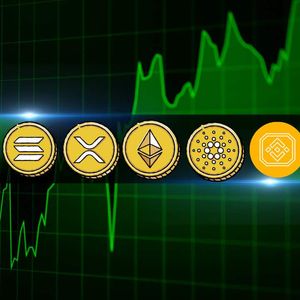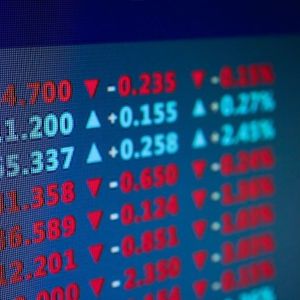This is a segment from the Lightspeed newsletter. To read full editions, subscribe . Every great innovation starts with a problem. For Solana, the issue was obvious. Blockchains were too slow, expensive and unapproachable for mainstream adoption. Ethereum struggled with congestion, Bitcoin was too rigid for complex applications, and no one else had made any meaningful strides to address the scalability problem. For one engineer, this would become an all-consuming technical challenge, leading him on a mission to build his own decentralized network capable of processing transactions at internet speed. In 2017, Anatoly Yakovenko, a seasoned Qualcomm engineer, turned his attention to Web3. He was drawn by its potential to decentralize finance and reshape the internet. While the technology was promising, blockchain had begun to atrophy under a fatal flaw after nearly 10 years of relative triumph: It was too slow to scale. This inefficiency was a fundamental bottleneck. It was clearly preventing mass adoption in fields like real-time gaming, decentralized finance, physical infrastructure networks, AI inference and autonomous machine coordination. The issue was that blockchains lacked a built-in clock. Each node in a decentralized system confirmed transactions sequentially, requiring network-wide agreement before finalization. This process was sluggish, and it made blockchain unfit for high-speed applications. Yakovenko’s breakthrough came with the introduction of proof-of-history (PoH), a conceptual cryptographic method that timestamps transactions before they enter the block, creating a verifiable sequence of events. Unlike traditional validation — where nodes process transactions in sequence — PoH enabled simultaneous processing. This innovation was rocket fuel for efficiency, unlocking unprecedented throughput and eliminating congestion. Yakovenko assembled a team of engineers, including Greg Fitzgerald (also from Qualcomm) and Raj Gokal. They founded Solana Labs in 2018, inspired by the California beach town where Yakovenko spent time surfing. In its early days, Solana Labs was bootstrapped through private fundraising rounds and raised approximately $20 million from venture capitalists and early crypto investors. The team built and tested a prototype network, proving PoH’s potential with benchmarks demonstrating over 50,000 transactions per second — many orders of magnitude faster than Ethereum and Bitcoin. Solana officially launched its mainnet beta in March 2020, right as the Covid-19 pandemic sent global markets into chaos. Despite the timing, the network gained traction among developers and investors attracted to its promise of high-speed, low-cost transactions. The ability to process transactions for fractions of a cent made it an ideal platform for DeFi applications, gaming platforms and a multitude of experimental decentralized tools — all of which had, up until that point, been constrained by Ethereum’s slow speeds and high gas fees. In June 2021, Solana Labs secured a $314 million funding round led by Andreessen Horowitz (a16z) and Polychain Capital. The legitimacy this runway brought the ecosystem allowed for rapid expansion and innovation. Solana soon became home to Serum (a DEX), Raydium (an AMM liquidity provider), Mango Markets (a margin trading protocol) and more. The end of 2021 saw the Solana price surge to highs of $260 — up from $0.50 just 18 months before — cementing its status as a top-five cryptocurrency by market cap. Investor confidence soared, and Solana’s momentum appeared unstoppable. By the end of 2021, Solana had evolved from an ambitious experiment into a major force within the crypto space. However, beneath its meteoric rise lay unseen challenges that would soon test the network’s resilience and stability. Next time: The fall. How the collapse of one of crypto’s biggest players sent shockwaves through the Web3 ecosystem, and why many believed Solana wouldn’t survive. Start your day with top crypto insights from David Canellis and Katherine Ross. Subscribe to the Empire newsletter . Explore the growing intersection between crypto, macroeconomics, policy and finance with Ben Strack, Casey Wagner and Felix Jauvin. Subscribe to the Forward Guidance newsletter . Get alpha directly in your inbox with the 0xResearch newsletter — market highlights, charts, degen trade ideas, governance updates, and more. The Lightspeed newsletter is all things Solana, in your inbox, every day. Subscribe to daily Solana news from Jack Kubinec and Jeff Albus.



















